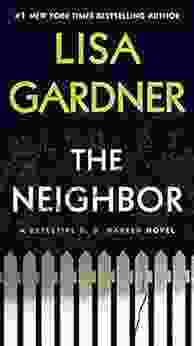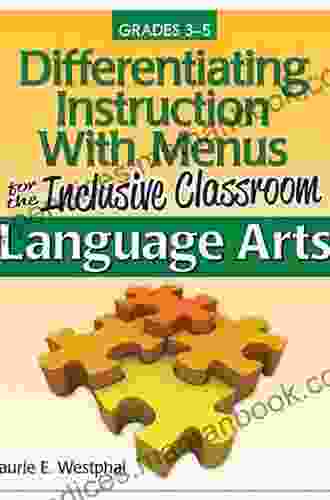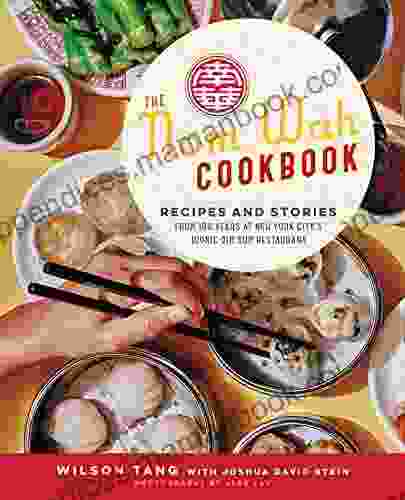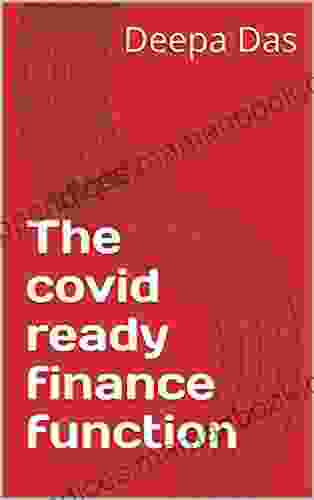Differentiating Instruction With Menus For The Inclusive Classroom: An Extensive Exploration of Tailored Learning Options

In the tapestry of modern education, differentiated instruction stands as a vibrant thread, weaving together the diverse needs of learners into a cohesive and equitable classroom experience. Embracing the philosophy of inclusivity, this approach acknowledges that every student embarks on their educational journey with unique strengths, interests, and learning styles. Differentiating instruction with menus empowers teachers with a versatile tool to tailor instruction, ensuring that each learner's potential blossoms within the classroom's welcoming embrace.
Unlocking the Power of Menus
Menus, meticulously crafted by teachers, serve as a gateway to personalized learning. These curated options present students with a smorgasbord of activities, assignments, and assessments that cater to their diverse abilities and interests. The menu format allows learners to navigate their educational landscape, selecting choices that ignite their curiosity and align with their preferred learning modalities.
4.5 out of 5
| Language | : | English |
| File size | : | 15387 KB |
| Text-to-Speech | : | Enabled |
| Screen Reader | : | Supported |
| Enhanced typesetting | : | Enabled |
| Word Wise | : | Enabled |
| Print length | : | 167 pages |
Enhancing Student Engagement
By providing students with choice, differentiated instruction with menus fosters a sense of ownership over their learning. This empowerment fuels motivation, igniting a desire to actively engage with the curriculum. Students become invested in their educational journey, eagerly exploring the diverse options available to them.
Promoting Self-Directed Learning
Menus empower students to take charge of their learning, fostering self-directedness and independence. Through the process of selecting activities, they develop critical thinking skills, learn to assess their strengths and weaknesses, and cultivate a lifelong love for learning.
Accommodating Diverse Learning Styles
Differentiated instruction with menus caters to the diverse learning styles that grace the classroom. Auditory learners can delve into podcasts and audiobooks, while visual learners can explore interactive simulations and videos. Kinesthetic learners find their niche in hands-on activities, and logical learners thrive with puzzles and problem-solving challenges.
Crafting Effective Menus
Creating effective menus requires meticulous planning and a thorough understanding of students' needs. Here's a step-by-step guide to guide your menu-crafting journey:
- Identify Learning Objectives: Define the specific skills and knowledge students should acquire from the unit.
- Assess Student Needs: Conduct assessments to gauge students' prior knowledge, learning styles, interests, and strengths.
- Brainstorm Activity Options: Generate a wide range of activities that align with the learning objectives and cater to diverse learning styles.
- Organize Activities: Categorize activities into logical groups based on skill level, difficulty, or learning modality.
- Provide Choice: Offer students a variety of choices within each category, ensuring they can select activities that resonate with them.
- Set Clear Expectations: Communicate the purpose, requirements, and grading criteria of each activity clearly to students.
Assessment and Evaluation
Assessment in differentiated instruction with menus requires a flexible and multifaceted approach. Here are some strategies to consider:
- Student Self-Assessment: Encourage students to reflect on their learning progress and provide feedback on the effectiveness of the menu.
- Progress Monitoring: Regularly assess students' understanding through informal observations, quizzes, and assignments.
- Differentiated Assessments: Provide students with a range of assessment options that align with their learning styles and abilities.
- Student Portfolios: Collect student work samples to demonstrate their growth and progress over time.
Benefits of Differentiated Instruction with Menus
The implementation of differentiated instruction with menus in the inclusive classroom yields a myriad of benefits, including:
- Increased Student Engagement: Choice fosters motivation and promotes active participation.
- Improved Learning Outcomes: Tailored instruction aligns with individual needs, leading to better understanding and retention.
- Reduced Learning Gaps: Menus address diverse learning styles, helping to close gaps between students with different abilities.
- Enhanced Inclusivity: All students feel valued and supported within the learning environment.
- Development of Self-Directed Learners: Students learn to take ownership of their learning and become lifelong learners.
Challenges and Solutions
Differentiated instruction with menus may pose some challenges, but with careful planning and creativity, these can be effectively addressed:
- Time Constraints: Allocate sufficient time for students to explore the menu and make informed choices.
- Resource Availability: Ensure access to diverse resources to support the range of activities.
- Student Resistance: Encourage students to embrace the benefits of choice and provide support to overcome any initial resistance.
- Collaboration: Seek support from colleagues, administrators, and parents to create a supportive learning environment.
Differentiated instruction with menus is an invaluable tool for creating an inclusive classroom that empowers all learners. By providing students with choice, catering to their diverse needs, and promoting self-directed learning, this approach unlocks the potential of every student. As educators, let's embrace the power of menus to transform our classrooms into vibrant and equitable learning spaces where all students can thrive.
4.5 out of 5
| Language | : | English |
| File size | : | 15387 KB |
| Text-to-Speech | : | Enabled |
| Screen Reader | : | Supported |
| Enhanced typesetting | : | Enabled |
| Word Wise | : | Enabled |
| Print length | : | 167 pages |
Do you want to contribute by writing guest posts on this blog?
Please contact us and send us a resume of previous articles that you have written.
 Top Book
Top Book Novel
Novel Fiction
Fiction Nonfiction
Nonfiction Literature
Literature Paperback
Paperback Hardcover
Hardcover E-book
E-book Audiobook
Audiobook Bestseller
Bestseller Classic
Classic Mystery
Mystery Thriller
Thriller Romance
Romance Fantasy
Fantasy Science Fiction
Science Fiction Biography
Biography Memoir
Memoir Autobiography
Autobiography Poetry
Poetry Drama
Drama Historical Fiction
Historical Fiction Self-help
Self-help Young Adult
Young Adult Childrens Books
Childrens Books Graphic Novel
Graphic Novel Anthology
Anthology Series
Series Encyclopedia
Encyclopedia Reference
Reference Guidebook
Guidebook Textbook
Textbook Workbook
Workbook Journal
Journal Diary
Diary Manuscript
Manuscript Folio
Folio Pulp Fiction
Pulp Fiction Short Stories
Short Stories Fairy Tales
Fairy Tales Fables
Fables Mythology
Mythology Philosophy
Philosophy Religion
Religion Spirituality
Spirituality Essays
Essays Critique
Critique Commentary
Commentary Glossary
Glossary Bibliography
Bibliography Index
Index Table of Contents
Table of Contents Preface
Preface Introduction
Introduction Foreword
Foreword Afterword
Afterword Appendices
Appendices Annotations
Annotations Footnotes
Footnotes Epilogue
Epilogue Prologue
Prologue Duncan Epping
Duncan Epping Robert Griffith
Robert Griffith Charles Fishman
Charles Fishman Jon Meacham
Jon Meacham Nelson Demille
Nelson Demille John Tanner
John Tanner Timothy S Stuart
Timothy S Stuart Nicole Carpenter
Nicole Carpenter Juliet Robertson
Juliet Robertson Adnan Rifai
Adnan Rifai Lynn Johnson
Lynn Johnson Scott Weidensaul
Scott Weidensaul Tim Rowland
Tim Rowland Edna St Vincent Millay
Edna St Vincent Millay Rich Parsons
Rich Parsons Delilah S Dawson
Delilah S Dawson Eva Bowen
Eva Bowen Joe Mcgrady
Joe Mcgrady Michael Lydon
Michael Lydon Darlington Uzor
Darlington Uzor
Light bulbAdvertise smarter! Our strategic ad space ensures maximum exposure. Reserve your spot today!

 Clarence BrooksTemptation The Hunted: A Hauntingly Eerie, Psychologically Probing, and...
Clarence BrooksTemptation The Hunted: A Hauntingly Eerie, Psychologically Probing, and...
 Thomas PowellMy Unforgettable Adventures in the Wee Country: A Journey through Scotland's...
Thomas PowellMy Unforgettable Adventures in the Wee Country: A Journey through Scotland's... Carson BlairFollow ·18.7k
Carson BlairFollow ·18.7k Grant HayesFollow ·4k
Grant HayesFollow ·4k Hudson HayesFollow ·14.3k
Hudson HayesFollow ·14.3k Brandon CoxFollow ·14.4k
Brandon CoxFollow ·14.4k Yukio MishimaFollow ·11.8k
Yukio MishimaFollow ·11.8k Sammy PowellFollow ·18.2k
Sammy PowellFollow ·18.2k Marcel ProustFollow ·13.2k
Marcel ProustFollow ·13.2k Ike BellFollow ·2.4k
Ike BellFollow ·2.4k

 Jamie Blair
Jamie BlairA Delightful Blend of Love and Laughter: Exploring Short...
In the realm of literature, where imagination...

 Gary Cox
Gary CoxDetective Warren: A Gripping Tale of Suspense and...
Step into the enigmatic world of Detective...

 Junot Díaz
Junot DíazArlinlife Random Encounters: An In-Depth Exploration of...
Arlinlife Random Encounters is a...
4.5 out of 5
| Language | : | English |
| File size | : | 15387 KB |
| Text-to-Speech | : | Enabled |
| Screen Reader | : | Supported |
| Enhanced typesetting | : | Enabled |
| Word Wise | : | Enabled |
| Print length | : | 167 pages |












